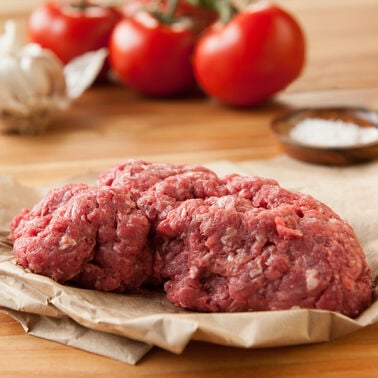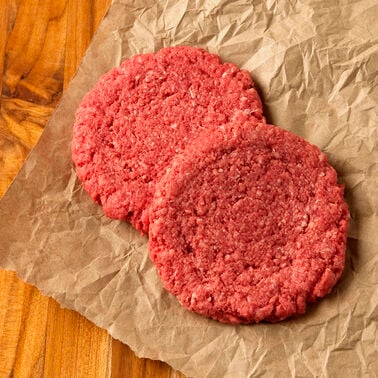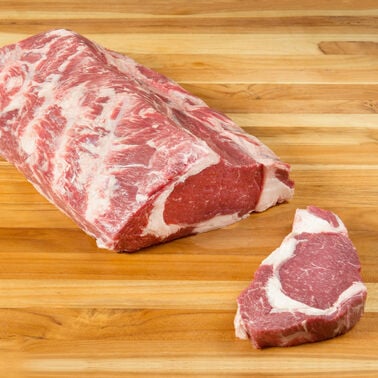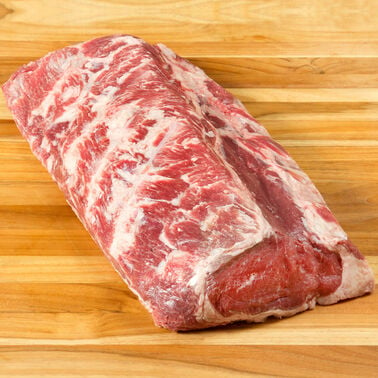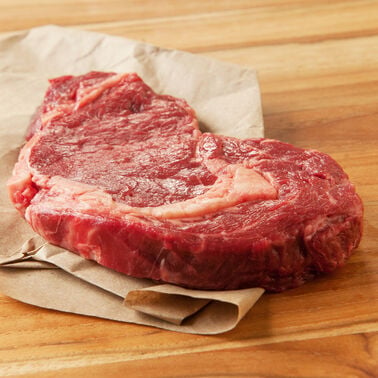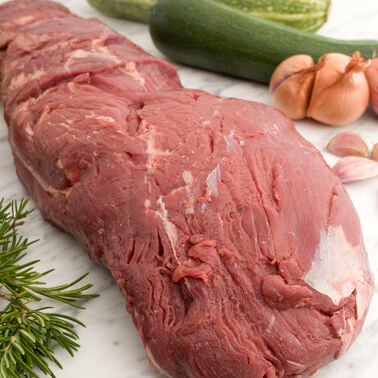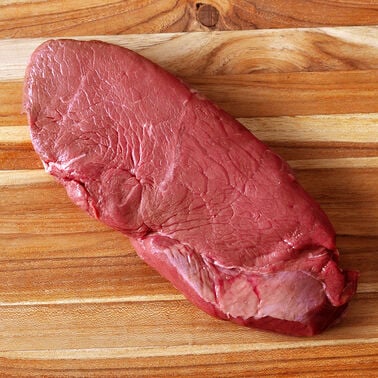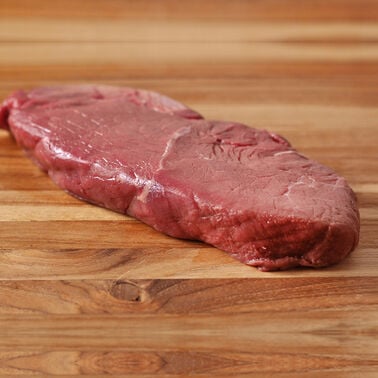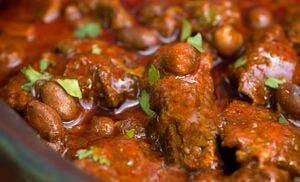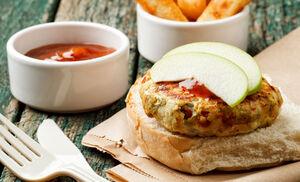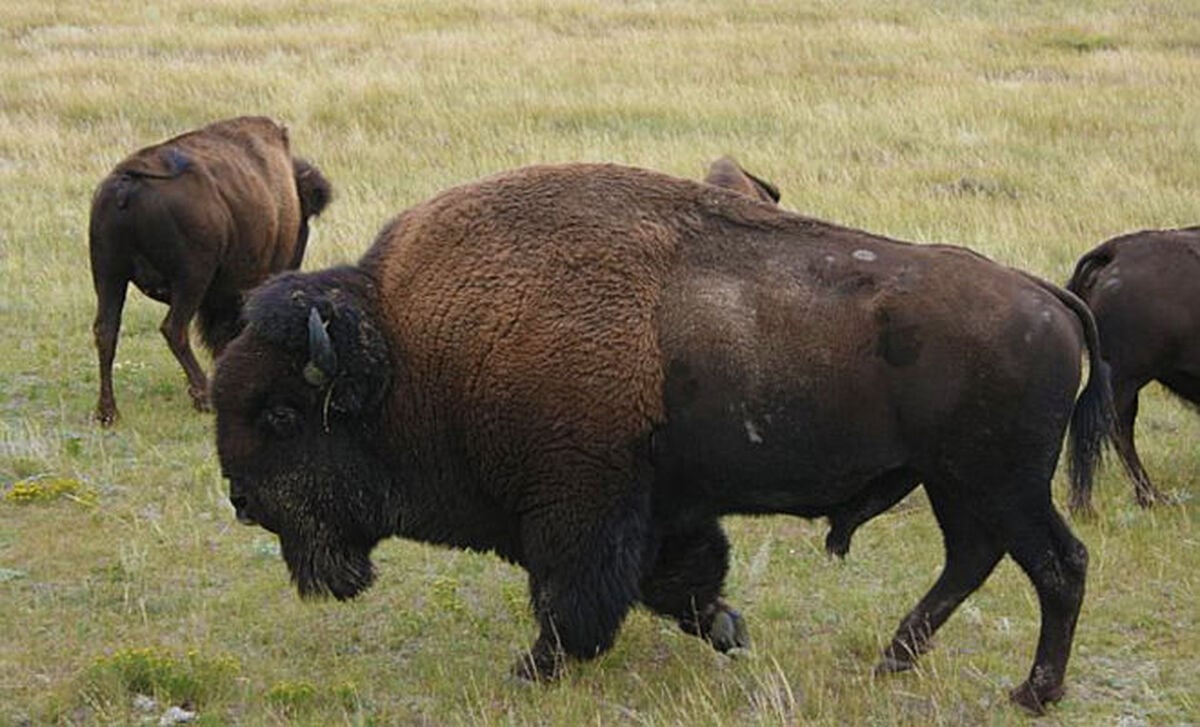
The Age of the Bison
In 1521, when explorer Hernán Cortés first saw a bison in Montezuma’s private zoo, he called them “humpbacked cows.” Though the buffalo did range into the northern parts of Mexico, their population was mostly concentrated in the prairies, where Native American tribes such as the Lakota Sioux depended on them for survival. Their skins, wool, sinew, bones, fat and meat provided for every aspect of their life, and tribes moved their villages in accordance with the great herds. Back then, bison roamed the Great Plains in such large numbers that they blanketed the landscape, and a herd would sound like thunder as it galloped over the prairie. It is estimated that before Europeans arrived in North American there were more than 125 million of the massive, shaggy beasts.
Sadly, within a few decades in the 19th century, this oxlike animal, standing 6 feet at the hump and weighing more than 2,000 pounds, went from the most populous beast in North America to near extinction. They were victims of mercenary desire for buffalo skin and tongue (a prized delicacy), the wars against Native Americans, westward expansion, and the callous sport of shooting bison from train cars, which left the landscape littered with spoiling carcasses. Sitting Bull, the Lakota Sioux chief, said: “A cold wind blew across the prairie when the last buffalo fell…a death wind for my people.” By 1889 only 600 bison remained in a couple of preserves, including Yellowstone Park.
However, the bison’s fortunes turned in 1894, when President Grover Cleveland signed a federal bill forbidding the slaughter of the animals. Soon after, the American Bison Society was created. Its honorary president was Theodore Roosevelt: under his aegis, Congress established wildlife preserves for bison.
Rehabilitation
Today the calamity of the 19th century has been reversed. Bison herds are increasing across America and Canada, especially in the northern Plains states. One significant reason herds are growing is that raising buffalo has become commercially attractive. The adage “Eat them to save them” comes to mind. Buffalo meat is not an only extremely tasty red meat, it is quite lean, and considered a healthy meat choice. While interest in low-fat red meat increased, private and public ranchers began to nurture the herd back. Thanks to the efforts of the conservationists at the end of the 19th century, there were enough bison alive to begin captive breeding and reintroducing them to the wild. It is estimated that there are half a million bison in the U.S. today.
Eating Buffalo Meat
The lean, red meat of the American bison has between 15 and 30 percent more protein and 25 percent less cholesterol than beef. In a 3 ½ –ounce serving of buffalo sirloin, there are only 3 grams of fat (compared with 14 grams in beef sirloin), and about half the calories (120 versus 210). Since buffalo meat has less fat than other red meats, it cannot stand up to intense heat. Fat is an insulator that melts before meat begins to cook. When that doesn’t take place, the meat starts cooking immediately. Since the cuts of beef and buffalo look the same, except that buffalo meat is darker in color—a brownish red—people mistakenly overcook it.
When cooking buffalo, it is generally best to first rub it with a little oil. It’s important to moderate the heat. If you roast a piece of beef at 325 degrees F, lower the temperature to 275 degrees F for a similar cut of buffalo. For broiling, lower the broiler pan down a notch, at least 6 inches from the heat. And for grilling, use the cooler part of the grill. The meat will then cook in about the same length of time as beef. To be sure of the degree of doneness, an instant-read thermometer is the best tool. The ideal internal temperature is 125 degrees F to 130 degrees F, medium rare. Once you taste it you will be hooked on the sweet, rich meat.
Like the true native that it is, buffalo meat is a great partner with other indigenous American foods, like corn, tomatoes, peppers, chilies and bourbon. But, like America, buffalo meat easily accommodates the flavors of other nationalities. A minimum of flavoring and cooking is all that’s needed to make buffalo meat shine. Try it and you will be hooked on the rich, sweet and satisfying flavor.
